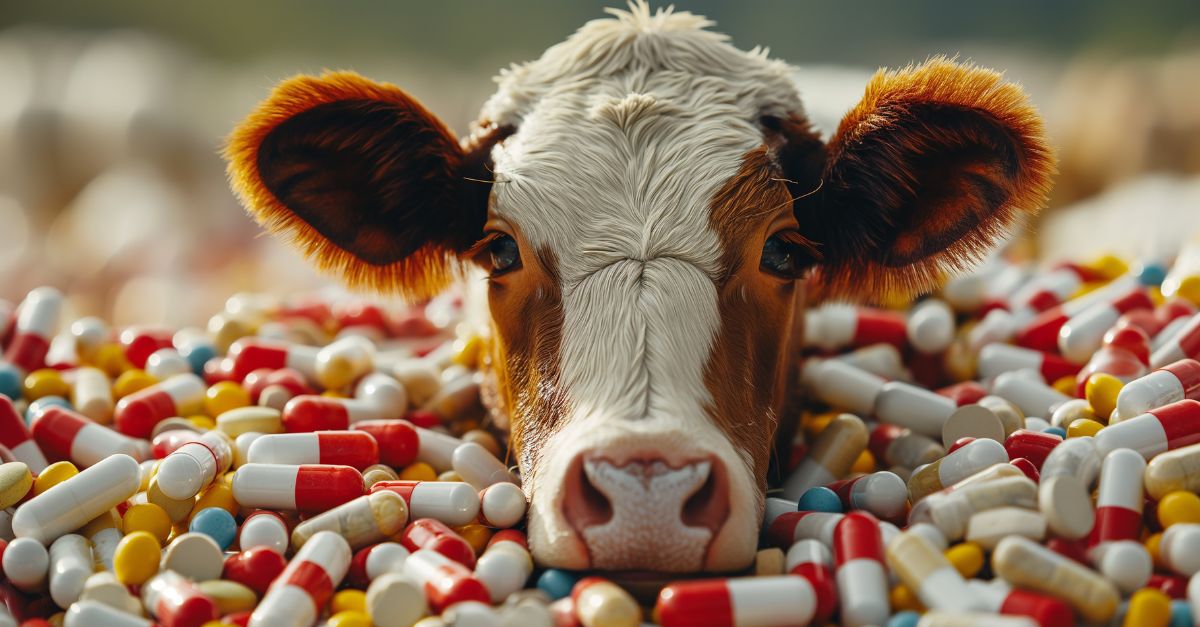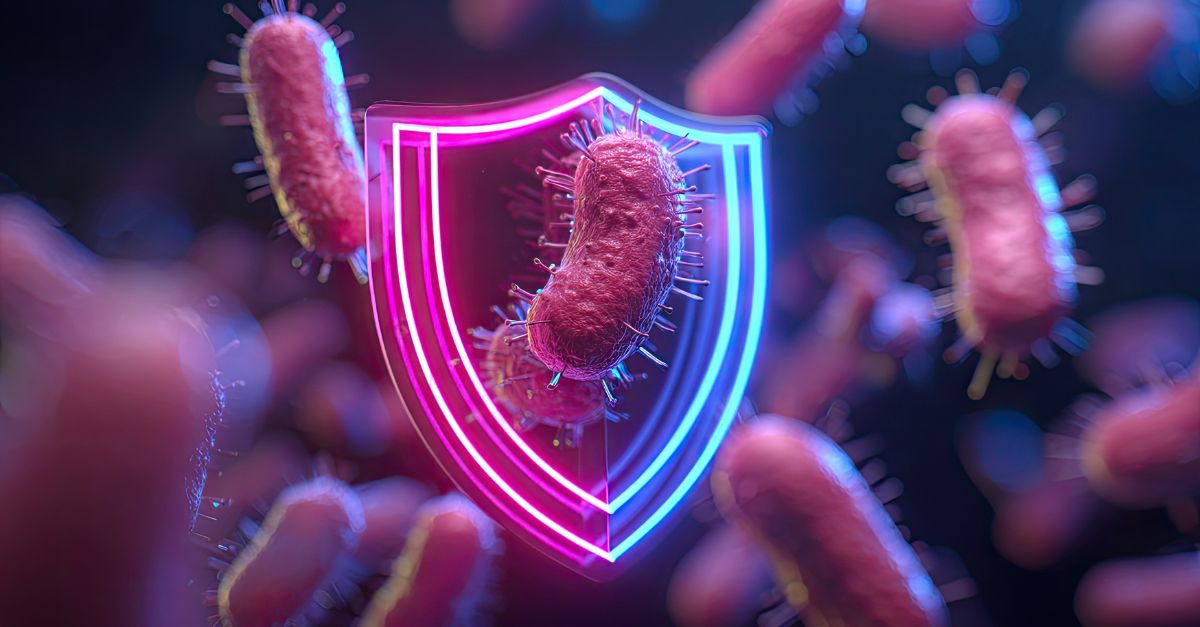
Antimicrobial resistance (AMR) threatens to undermine a century of medical progress. Once-treatable infections are becoming harder—and sometimes impossible—to cure. The problem is not confined to hospitals or human medicine; it is woven through the food we eat, the water we drink, the animals we depend on, and the environment that sustains us.
This blog explores AMR through the One Health lens—an approach that recognises the interconnectedness of humans, animals, plants, and the environment—and highlights how governance, research, and practice must evolve to meet this urgent global challenge.
The Threat: Superbugs on the March
Antimicrobial resistance develops when bacteria, viruses, fungi, and parasites evolve to withstand the antimicrobial medicines designed to kill them. The indiscriminate use and misuse of antimicrobials in people, animals, and agriculture accelerate this process.
The consequences are already visible: prolonged illness, higher healthcare costs, rising mortality, and diminishing treatment options. In low- and middle-income countries (LMICs), where the infectious disease burden is already high, the impact is magnified by weak health systems, limited diagnostics, and insufficient regulatory oversight.
AMR exemplifies how global health security is only as strong as its weakest link.
Cracks in the One Health System
- Animal and Agricultural Practices
Antibiotics are widely used in livestock and crop production—not only to treat disease, but also to promote growth and prevent infection. These practices foster resistant strains that can spread to humans through food chains, farm workers, and shared environments.
- Environmental Linkages
Wastewater effluent, agricultural runoff, and pharmaceutical discharge carry resistant organisms and genes into rivers, soil, and oceans. These environmental “mixing zones” become hotspots for the exchange of resistance genes among microbes.
- Human Health Systems and Stewardship
In clinical settings, inappropriate prescribing, over-the counter availability of antimicrobials, and lack of diagnostic guidance continue to drive resistance. Without adequate infection prevention and control (IPC) and water, sanitation and hygiene (WASH), hospitals and communities alike become reservoirs for resistant infections.
- Market, Innovation, and Policy Failures
Despite the growing need, the global antibiotic pipeline is running dry. The economic model for developing new antimicrobials is broken: innovation is costly and unprofitable, while stewardship limits sales. Coordinated global incentives and equitable access mechanisms are urgently required.
Why This Matters for Policy, Research, and Funders
- Integrated Governance
AMR cannot be solved within one sector. National and regional action plans must align health, agriculture, environment, water, and finance ministries under coherent, coordinated One Health governance.
- Evidence-to-Action Pathways
Research should bridge sectors—linking environmental surveillance, veterinary practices, and clinical outcomes—to generate data that inform real-world policy and practice.
- Metrics and Evaluation
Interdisciplinary collaboration must be recognised and rewarded. Evaluation frameworks should measure not only academic outputs but also tangible impacts on AMR mitigation policies, programmes and practices.
- Innovation and Access
Sustainable “push” and “pull” mechanisms are needed to replenish the antimicrobial pipeline while ensuring equitable access for all countries, especially those with the highest AMR burdens.
- Communication and Public Engagement
Facts alone are not enough. AMR must be communicated as a shared human story—one that connects hospitals, farms, and households, and empowers behaviour change at every level.
Key Take-Home Messages
- Our antibiotics are finite. Without urgent action, routine infections could once again become fatal.
- AMR is rooted in farms, fields, water, and communities—not just hospitals.
- Innovation without stewardship and global coordination is futile.
- The One Health approach is essential: the health of humans, animals, plants, and the environment are inseparable.
- Smart prescribing, environmental protection, and sustainable incentives today can avert a post-antibiotic era tomorrow.
Actionable Steps
For Funders and Policymakers:
- Invest in One Health research and implementation that link human, animal, and environmental AMR data.
- Embed AMR indicators in climate, food security, and global health security agendas.
- Strengthen regional manufacturing, regulatory, and supply chain resilience.
For Researchers and Institutions
- Build cross-disciplinary teams that translate evidence into interventions.
- Engage policymakers early to ensure uptake of findings.
- Publish accessible summaries for practitioners and communities.
For Practitioners and Communities
- Implement stewardship programmes across hospitals, farms, and pharmacies.
- Support surveillance of antimicrobial use and resistance across sectors.
- Advocate for responsible disposal of medicines and reduction of environmental contamination.
Conclusion
Antimicrobial resistance is one of the defining challenges of our time—an ecological, economic, and ethical crisis. It transcends borders and disciplines, demanding solutions that are as interconnected as the systems it affects.
A true One Health response—rooted in stewardship, innovation, access, and sustainability—can still change the trajectory. Each of us, from policymaker to practitioner, researcher to citizen, has a role to play in safeguarding the power of antimicrobials for generations to come.

Professor Sabiha Essack - Pharm., M. Pharm., PhD
South African Research Chair in Antibiotic Resistance and One Health. Antimicrobial Research Unit, University of KwaZulu-Natal, Durban, South Africa.











